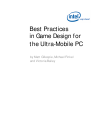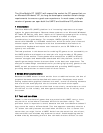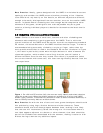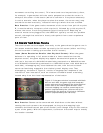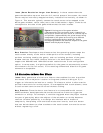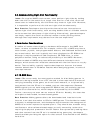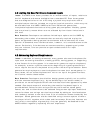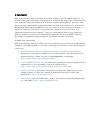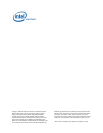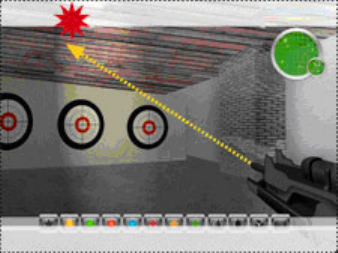
Issue (Game Resolution Larger than Screen): In those cases where the
game window takes up more than the full vertical space of the screen, the touch
screen may be incorrectly mapped vertically instead of horizontally, as shown in
Figure 4. This scenario typically causes the touch screen to be mapped to the
whole game window, rather than just to the visible section. Again, clicks do not
correspond to the area of the game window that the user intends.
Figure 4. Having part of the game window
(represented by the translucent area) cropped from
the physical screen may also result in a screen tap at
one position (represented by the yellow arrow) being
interpreted by the game as occurring at a different
position (represented by the red burst), due to
mismapping between the different shapes of the game
window and the physical display.
Best Practice: Developers should ensure that the operating system maps the
touch screen exactly to the entire visible portion of the screen (including
portions not being used by the game), and not including portions of the game
window that are not visible. Another solution is for developers to natively
support the 800x480 and 1024x600 screen resolutions as a user-configurable
option. In some cases, it might be possible for the game to automatically stretch
the window to fit the full screen, if the resulting dimensional distortion of game
elements is acceptable.
3.3 Alternatives to Hover-Over Effects
Issue: Many games use a hover-over feature that enables the user to position
the mouse over an object or location in the game (without clicking on it) to
trigger an informative animation or tooltip. This feature, which is often used to
provide instructions for novice players, is incompatible with touch screens, since
a touch screen cannot move the cursor without clicking.
Best Practice: Since the hover-over feature is not compatible with current
UMPC hardware, developers should choose alternative events to trigger the
animation or tooltip. For example, it could be triggered when the player reaches
the part of game play when the subject of the animation or tooltip becomes
relevant. Another possibility is to design the interface with a means of
temporarily interpreting click events as mouse over events, such as a button
that can be held down to allow touches on the touch screen to move the cursor
without registering a click.



